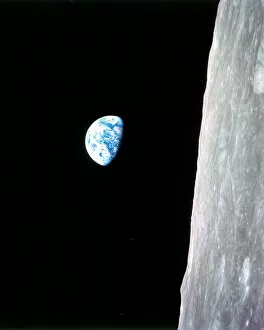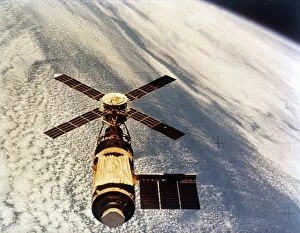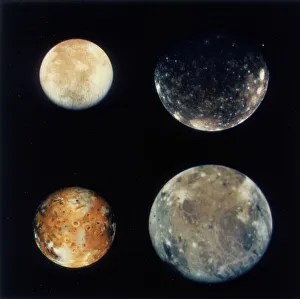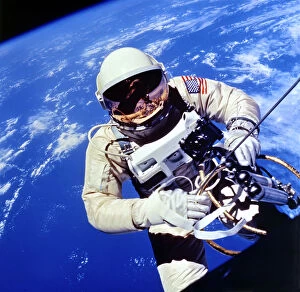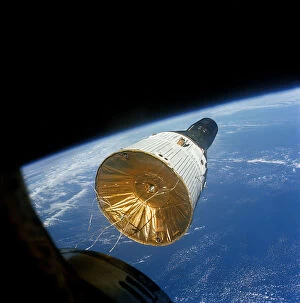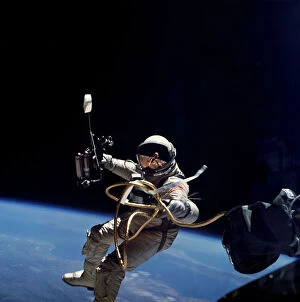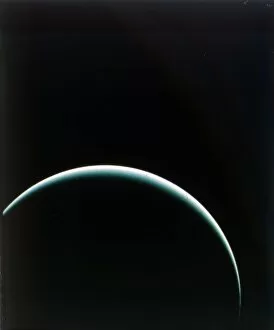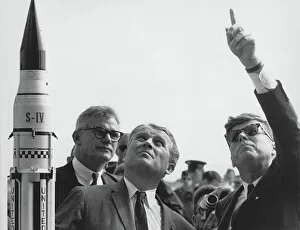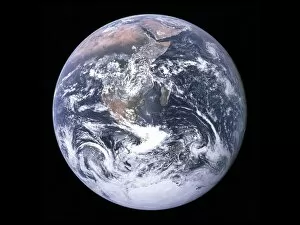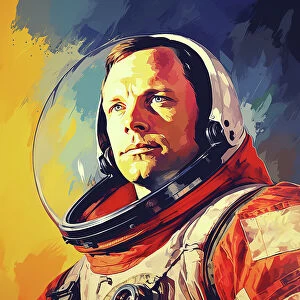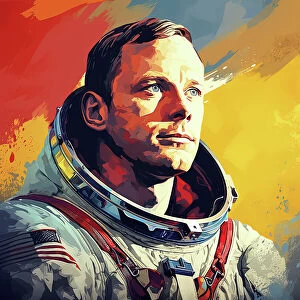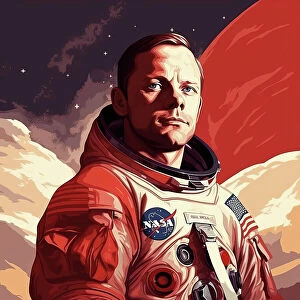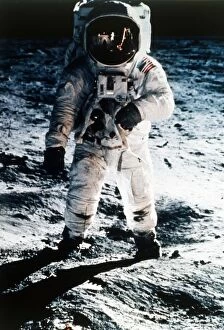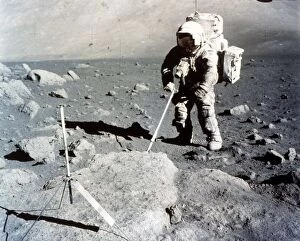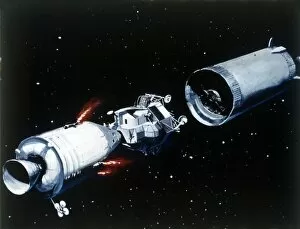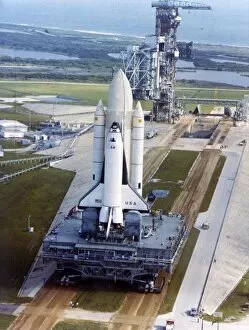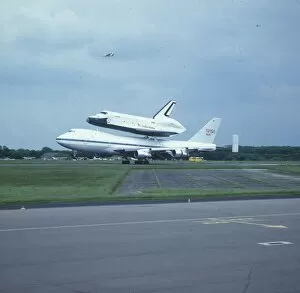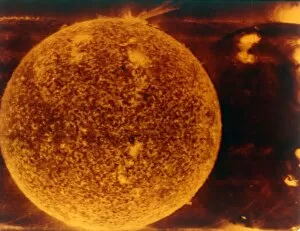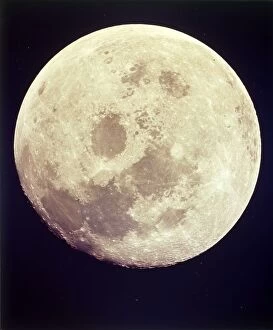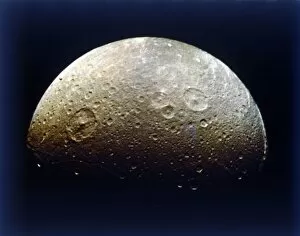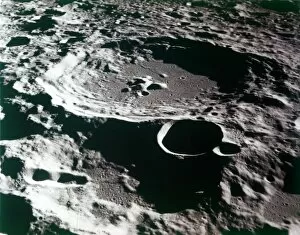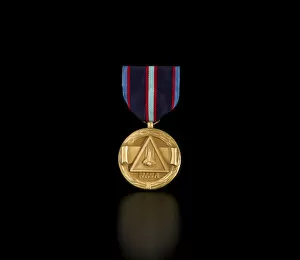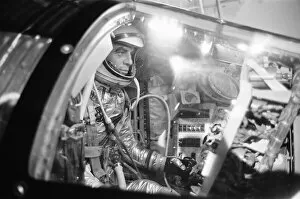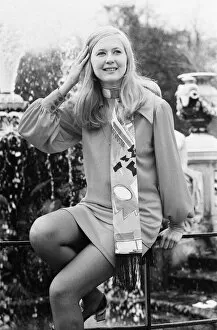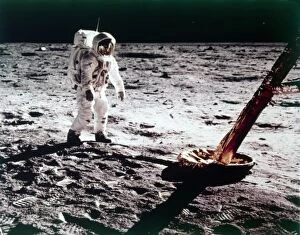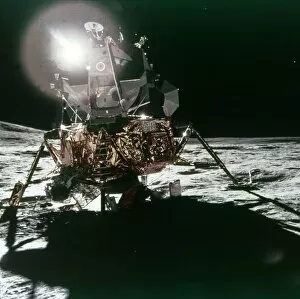National Aeronautics And Space Administration Collection
National Aeronautics and Space Administration (NASA) has been at the forefront of space exploration since its establishment
All Professionally Made to Order for Quick Shipping
National Aeronautics and Space Administration (NASA) has been at the forefront of space exploration since its establishment. From the humble beginnings of the Wright Brothers' Flyer II in Dayton, Ohio to Skylab's successful mission orbiting above Earth, NASA has continuously pushed boundaries. Even with a U-2 spy plane adorned with fictitious NASA markings, they have always strived for innovation. One iconic image captured by William A Anders during Apollo 8's mission is Earthrise. This breathtaking photograph showcased our planet from a perspective never seen before, reminding us of its fragility and beauty. Similarly, the Wright Brothers' glider tests in Kill Devil Hills demonstrated their determination to conquer the skies. In 1979, NASA unveiled stunning images of Jupiter's four moons - Io, Europa, Ganymede, and Callisto - revealing new insights into our solar system's vastness. The surface of Mercury was also explored by NASA scientists who provided us with captivating visuals that expanded our knowledge about celestial bodies beyond Earth. Throughout history, influential figures like President Eisenhower alongside Hugh Dryden and T. Keith Glennan have supported NASA's groundbreaking work. President Kennedy famously delivered his inspiring "We choose to go to the Moon" speech at Rice University in 1962 which set forth ambitious goals for space exploration. Notable milestones include Ed White performing the first U. S. Spacewalk in 1965 while US Astronaut Edward H. White II carried out external tasks during another mission – both showcasing human achievements beyond our home planet. Voyager 2's flyby of Uranus in 1986 allowed us to witness this distant gas giant up close for the very first time; an awe-inspiring moment made possible by NASA’s relentless pursuit of discovery. From pioneering aviation endeavors to exploring other planets and galaxies far away from ours – National Aeronautics and Space Administration continues to inspire generations through their remarkable contributions towards unraveling the mysteries of our universe.

